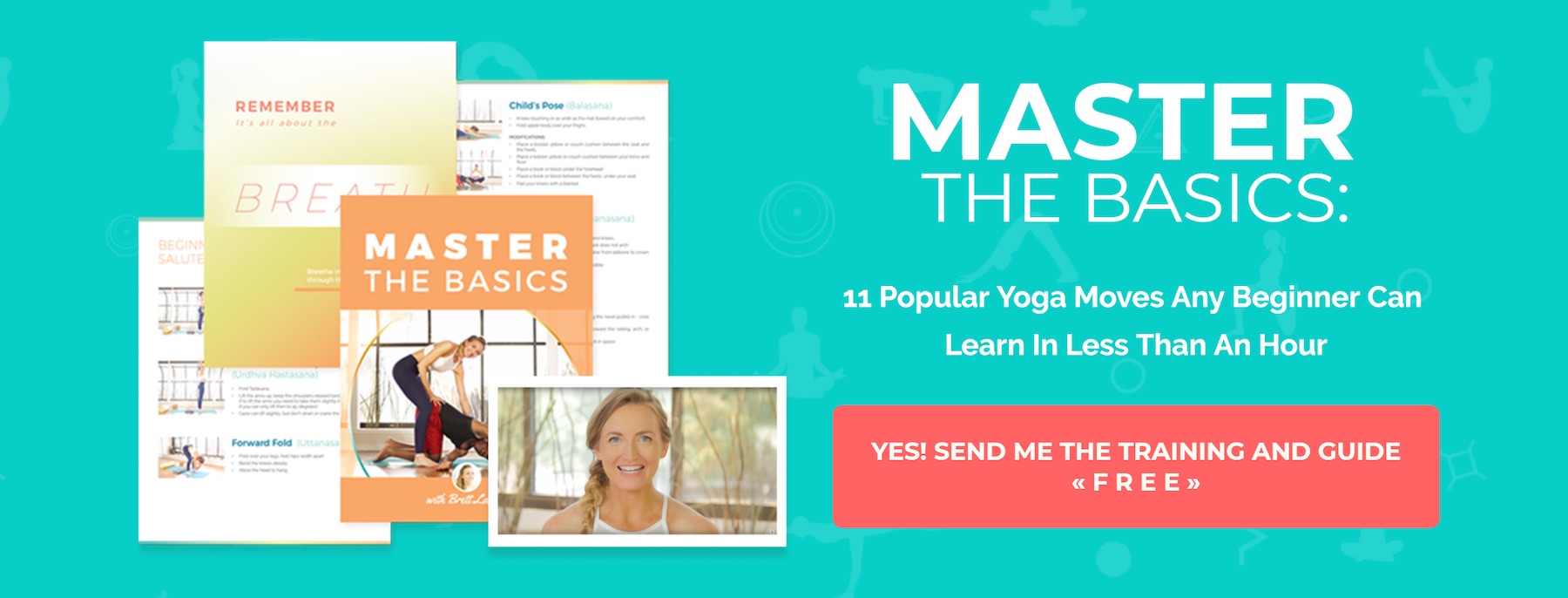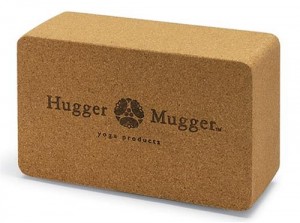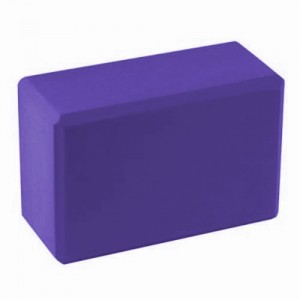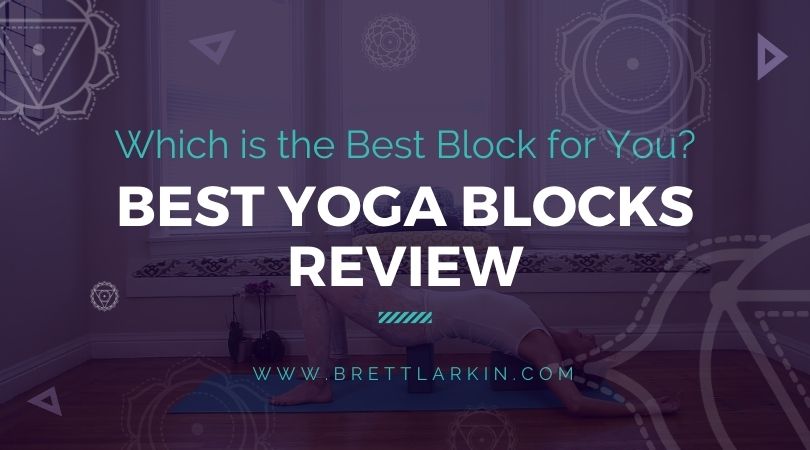
You’ve likely seen a pile of yoga blocks in your local or heard your favorite yoga instructor casually tell you to grab a block as you move into balancing poses.
But what exactly can yoga blocks offer you and what are the , anyway?
Well, my friend, they are handy little tools that will completely change your yoga practice. They help you with , , and deep stretches.
They can help you both and increase your .
They can provide relief for your and they can create space between your .
Of all of the that I own, my yoga blocks are among my favorite.
They help me in all , from to heat-building vinyasa yoga.
And if you’re thinking about buying a yoga block, then I promise you that your life and yoga practice (not to mention the number of new poses you can do) is all about to change for the better. 🙂
In this post, I’m going to briefly discuss your three options in terms of “types of blocks” you can buy.
Or just jump down here to see the best yoga block I recommend and where to buy it at the best price.
So in the world of yoga blocks, you have three main options:
- Cork Blocks
Yoga Block Comparison Chart
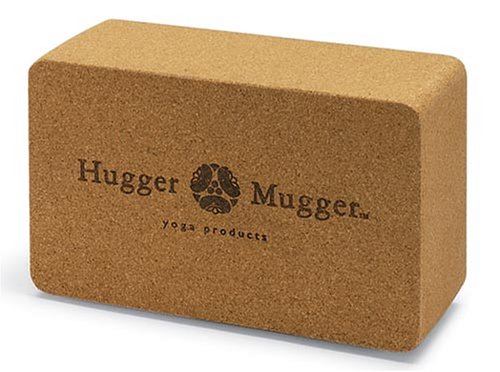 |
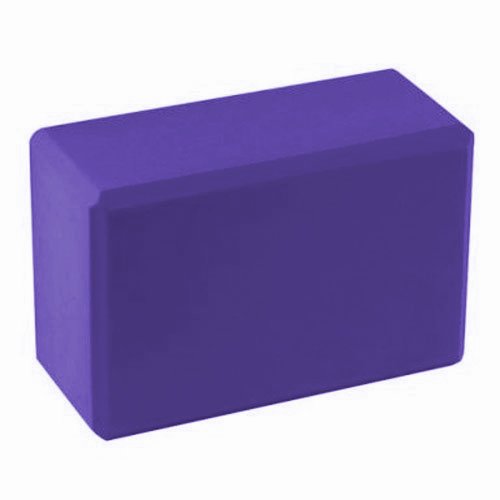 |
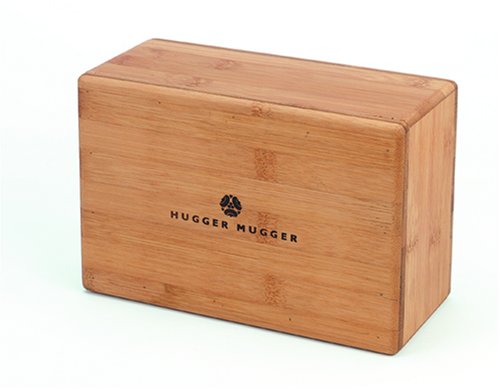 |
|
| Cork Yoga Block |
Foam Yoga Block |
Bamboo Yoga Block |
|
| Cost for 1 | $17.95 | $8.99 | $19.99 |
| Material | Cork | Foam | Wood (Bamboo) |
| Weight | 1 Pound | >.50 Pounds | 2.5 Pounds |
| Dimensions | 9″ long x 5.5″ wide x 3.5″ inches thick | 9″ long x 6″ wide x 4″ thick | 10″ long x 6″ wide x 4″ thick inches |
| Durability | Excellent | OK | Good |
| Pros | Best durability. Heavy weight for added stability. Great traction. Matches everything. | Lightweight. Soft. Easy to pack and travel with. | Smooth. Sturdy. |
| Cons | Priciest. Heavy to travel with. | Scratches and damages easier than others. | Not soft. Heavy for traveling. Wood will nick and scratch eventually. |
| Special Notes | Manduka also makes a version of this block. | The 3″ version of this block is on Amazon prime, but the 4″ version is not – whacky. | Doesn’t absorb sweat, can get slippery. |
Cork Yoga Blocks
If you don’t want to travel with your blocks and cost is not a factor, then this is the block I’d recommend.
Cork matches everything, so you don’t have to stress about what color to get.
It’s also extremely . The block isn’t going to lose shape or get easily scuffed up.
The of cork blocks is lovely and just feels right – not too heavy and not too light.
They feel good to move around on the mat, and feel solid for when you recline on them in supine , providing a massive to your entire back. Unlike wood, they have a little more give (although not as much give as ) so it’s nice to rest your head on them, such as in .
They are also soft enough that you can on them in a kneeling meditation or tuck them under your sits bones in . Though they aren’t quite as soft as , they are certainly more than .
If you sweat a ton, cork absorbs the sweat and after a long amount of time, your block can start to smell a bit funky. But if you have a dedicated home practice and are not traveling with your blocks a lot, this is what I’d recommend.
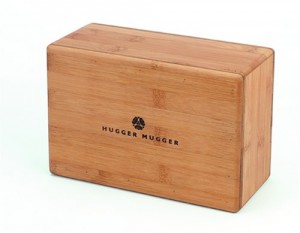 Wood or Bamboo Yoga Blocks
Wood or Bamboo Yoga Blocks
This is by far my least favorite kind of yoga block. Though the is smooth and many people love the look of , they just aren’t for me.
Not only is it the priciest, but it’s hard, heavy and slippery. (I like blocks, thankyouverymuch)
My forehead does not like resting on wood, which is too bad because I love to rest my head on a block in , forward folds, pigeon pose and other hip openers.
Pressing or resting your third eye (the area between your eyebrows) has many therapeutic benefits for your nervous system, and just feels great and gives your neck a well-deserved break.
This is why I like so much: They are , soft, , and feel great on my forehead, neck, and back.
If you’re doing passive chest openers (like goddess with a block under the for a passive back bend) can hurt unless you have them positioned just right. My vertebrae say OUCH if I get them in the wrong spot!
That’s anther reason why I like as they have the most give – they’re the softest. Not to mention the lightest and the cheapest.
If you’re sweating or just have sweaty hands, the of also get wet, stay wet and become slippery.
This makes them hard to as you move around the mat – another negative in my mind.
can also more easily slip on one another when you’re stacking them or slip on the wood floor.
The only thing better than having your head resting on a block is having your head resting on TWO blocks stacked one on top of the other in various combinations in order to get the block the perfect height. This becomes challenging with wood.
Foam Blocks
So it’s no big mystery by now that the block I recommend to students and think you should get *now* is foam.
I’d suggest buying the one right here which is also the size I recommend at the best price I could find online, and easily available through Amazon.
I leave color choice up to you, just keep in mind blocks get dirty fast so something darker is usually the best choice.
Why I am such a foam block fan?
- are the cheapest – who doesn’t love that?
- are .
- are between my , on my forehead, or beneath my .
- are to with my or in .
- Some come with , making them even more for certain .
- They are to throw in my suitcase and I always want my props with me when I travel, especially because I like to do a more restorative and yin focused practice when I’m on the road. The last thing you want it to have to check an overweight bag because of your !
There are some cons, like they can get dirty and wear easily, and maybe change shape a little (especially if you are stuffing them into all kinds of backpacks and bags, like me).
Sometimes they might seem a little flimsy when balancing on them and putting a lot of weight into the block through your hand.
However, I still prefer this to sturdy wood as it’s softer on my hand (there’s give). And wood blocks can slide on the floor which I hate.
Bonus Tip: Buy two blocks!
Don’t be cheap like I was and just buy one block to start.
You’ll quickly realize that blocks are life-changing to your home practice and that you absolutely want two. I immediately realized I needed a second block and had to reorder and make sure I got the same size and color, which I had completely forgotten.
Reasons you want two blocks from the get-go:
Most of the best block-using poses use two blocks!!!
In a restorative backbend, you’ll likely want one block under your thoracic spine and one under your head.
In lunges or pyramid pose, you’ll want a block on each side of the foot so you can find length in the spine and press into the blocks equally.
Stacking! You can truly tailor your practice to your body when you begin stacking blocks so you get them at the exact right height to meet your needs.
In double pigeon poses or in a wide legged forward fold, you can stack the blocks at various heights and combinations so your forehead has something to rest on at the perfect height.
When you buy your two blocks together, you’re able to ensure they are the same dimensions and colors. So just get two from the start – you’ll never regret it!
Let me know what your favorite kind of yoga block is and why in the comments below! 🙂
